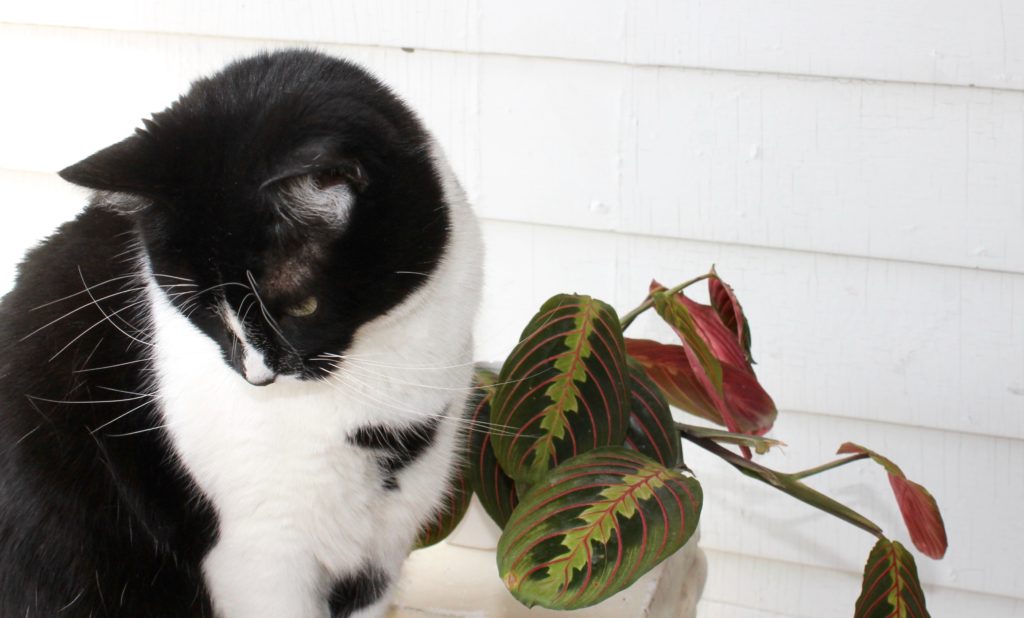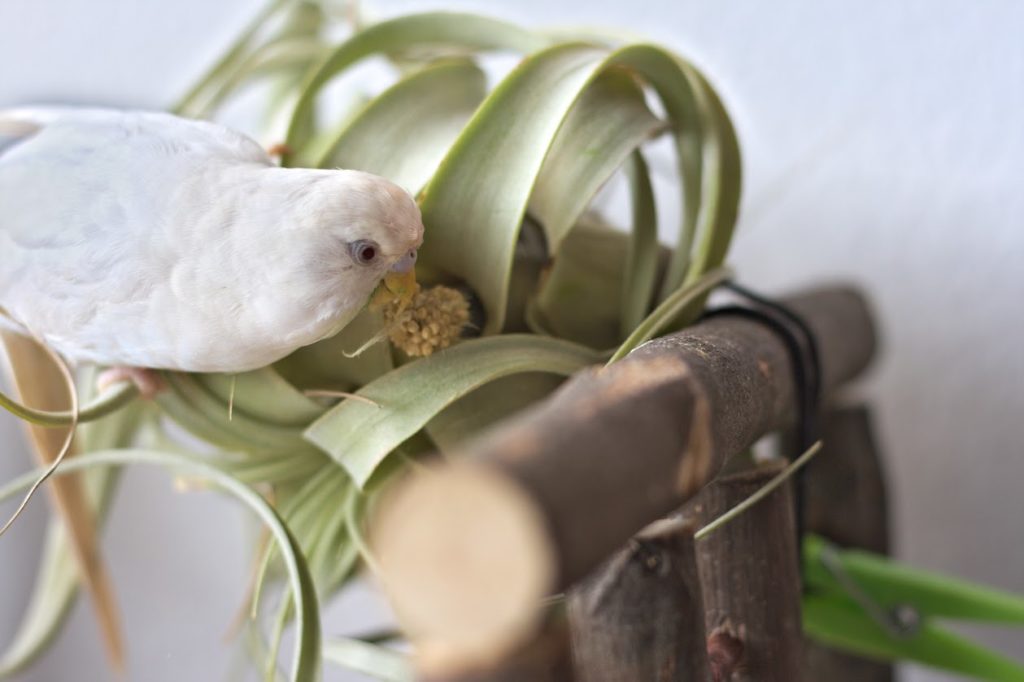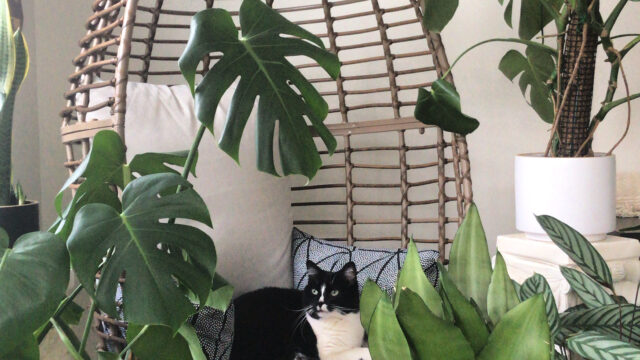
I’m going back, waaaaaay back to the beginning. Back to find the best beginner pet safe plants.
Now, as we go back to the beginning, I found it pertinent to actually do that. What do I mean? I mean that while my blog is full of helpful pet safe plant articles, nothing is targeted for the new plant parent with pets. Plants can be hard. Some are finicky and die for no reason, and what is more discouraging than that? Many other things I’m sure, but a sad plant shouldn’t be on that list. Mix that with general anxiety of your pet eating said plant, oof.
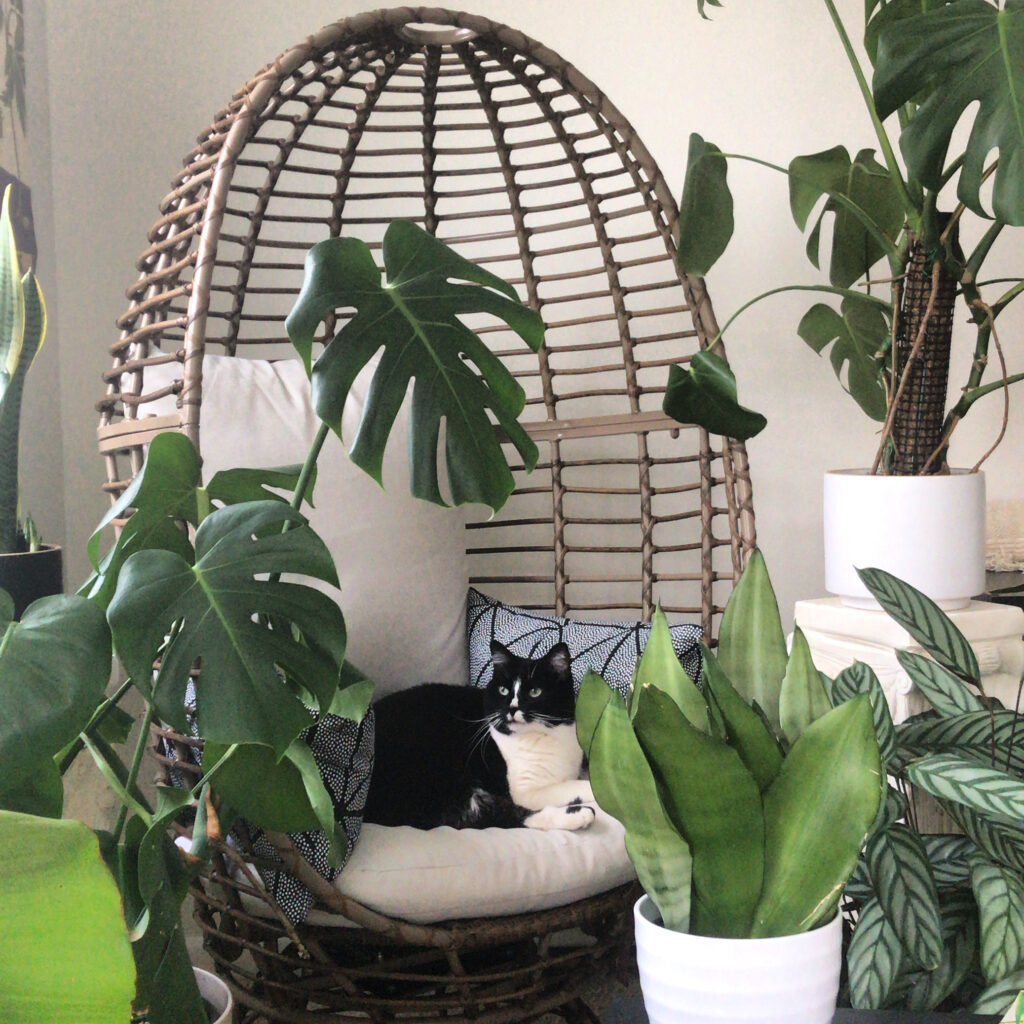
The List of Actual Beginner Pet Safe Plants
I rounded up what I think are five excellent ABSOLUTE beginner plants.
These will do well in:
-medium light/high light
-places such as a desk with a window far away (you know what I mean, yo place it there and go, “it has some light” and convict yourself it’ll be fine)
-bright kitchen downs or hanging from the ceiling
-high traffic areas, such as places with clumsy cats and large dogs
-aprtments or smaller homes as they can all be pruned without issues
The funny thing about beginner plant owners is that the desire to nourish the plant is at an all time high. When you hit my level of plant parenting (years of collecting, inevitable casualties, mealybug Calatheas that you want to throw out but can’t), we are accustomed to how we do things. Like, I’ll not water my plants for weeks and know they’ll be fine (they won’t). Whereas a beginner plant parent will watch that plant everyday, hand feed it and make airplane noises and panic if they see a yellow leaf. That’s the kind of passion I no longer have but know that it does still magically exist. The goal of this post is to feed into that passion and set you, the beginner plant parent, up for success. All of these beginner pet safe plants are easygoing but definitely benefit from all of that attention you have to give.
I’d also like to mention that if you are an absolute beginner, invest in a moisture meter. Not only will it take the guesswork out of watering, but it just makes your life easier. I’m a seasoned plant parent and I still use one because it’s one less thing I have to guess.
Best Beginner Plant #1: Hoya”Krimson princess”
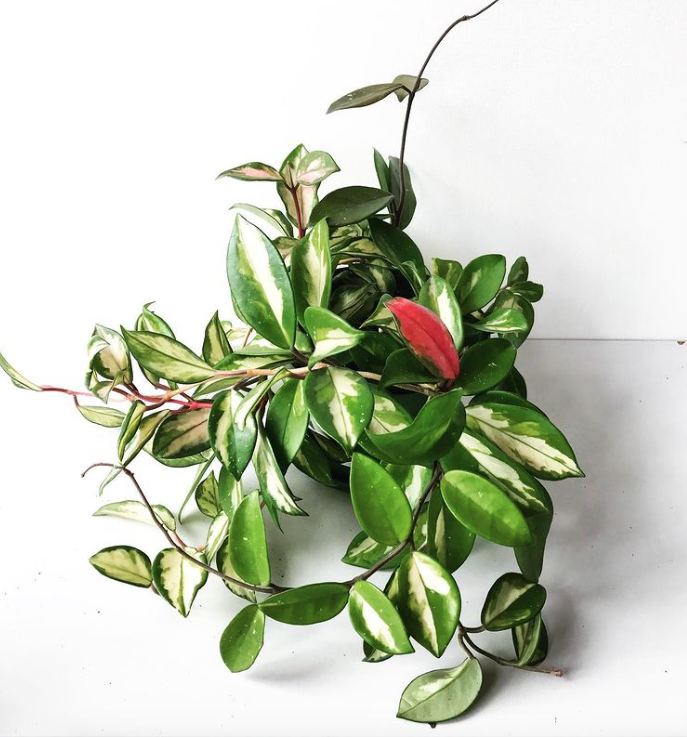
“Why is this a good beginner plant?” you may ask, since she does look quite high maintenance. Hoyas are not only gorgeous but are surprisingly low effort. They need water when they’re dry and love to be fertilized once a month. Plus flowers! Hoyas will even unleash cute and fragrant granny-perfume flowers for their owners. They are happy in very bright or medium light locations (like that desk space). Don’t overwater these babies or put them in a cold dark place – they, and no other plant, will be happy about that. Hoyas are great for hanging to keep away from pets, too, if you need to take drastic measures.
Best Beginner Plant #2: Peperomia obtusifolia
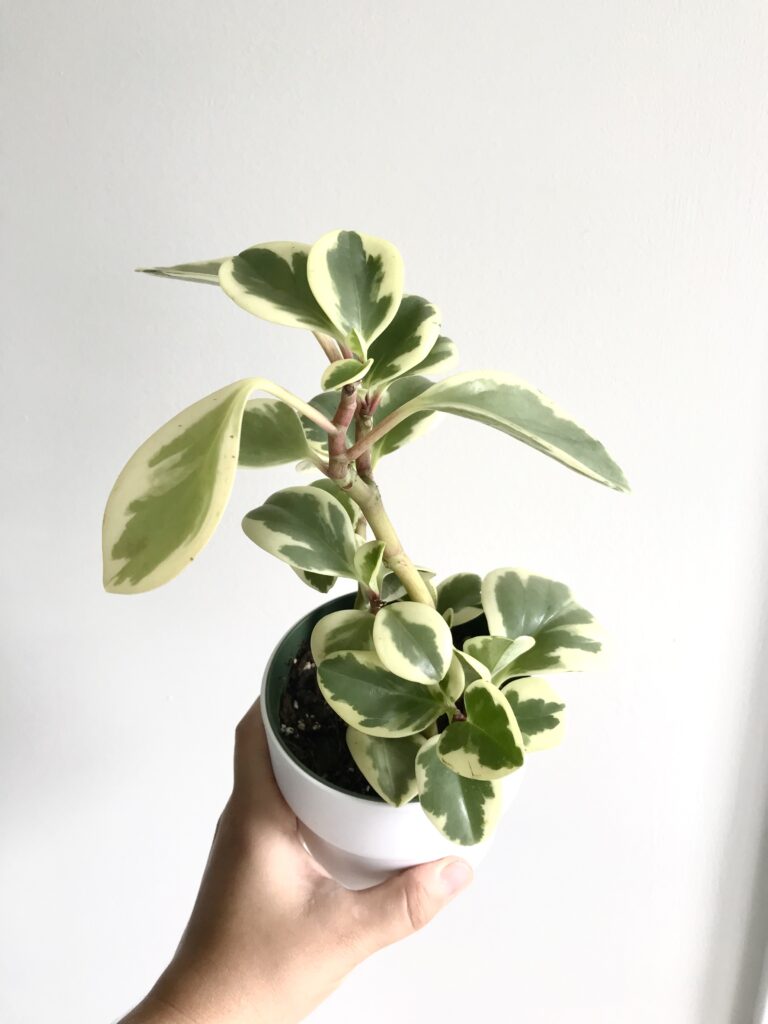
I am being very specific here because not all Peperomia, while all are pet safe, are created equal. The Peperomia obtusifolia has the capability of getting quite big if happy, leaving you with a possible statement plant. If pruned and trimmed regularly they stay small and compact, perfect for a plant shelf or cart. These guys like similar conditions to Hoya, and will grow in bright and medium light. Variegated varieties (the stripes ones) like a bit more light, while the plain green variety just vibes with either. I have many peperomia because I became obsessed with collecting them so don’t say I didn’t warn you.
Best Beginner Plant #3: Phalaenopsis Orchids
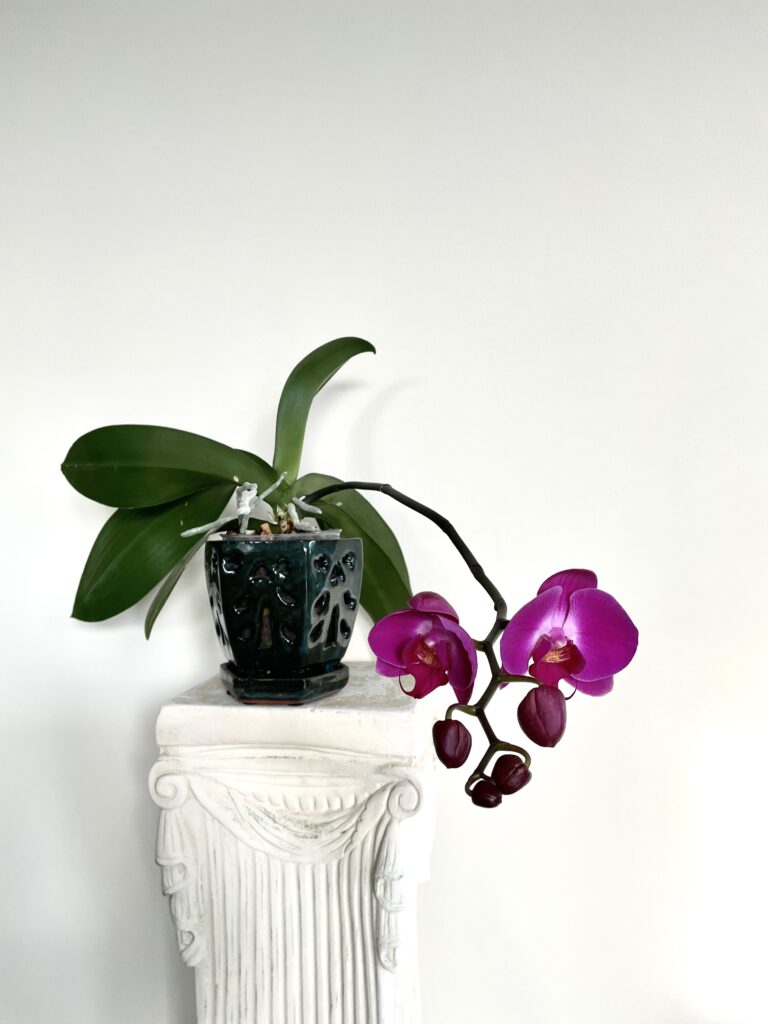
No, no, I’m not joking. Plus orchids are literally everywhere. I don’t know why stores buy them in large quantities, but there always seems to be some sad ones on the clearance cart with no flowers waiting to die. Here’s the sign you need to buy them and nurse them back to health. They will almost always re-bloom and when they aren’t blooming, the leaves are chubby and pretty.
Epiphytic rather than soil-bound, orchids are deceptively easy. In simpler terms, they have roots that do best either in a water container or in bark (also known as orchid mix). This makes watering and caring for them easier than a plant in regular soil, which usually needs to be checked for moisture levels, etc. Orchids love bright light and will bloom for you over and over again if watered weekly, fertilized monthly, and given the occasional hug.
Best Beginner Plant #4: Pachira aquatica
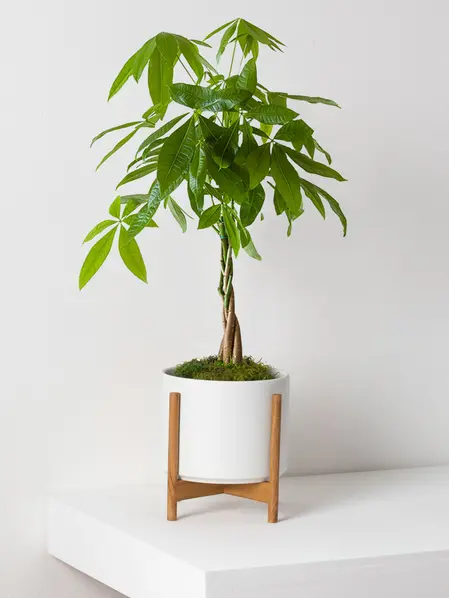
Similarly to orchids, I see Pachiras everywhere too. Known commonly as Money trees, these are (kind of) pretty and are a great indoor tree option that is safe for pets. They don’t bloom or anything, but they’re a reliable stocky plant that is the poster child for a houseplant. I do like that they’re easy to care for (medium light, keep a bit moist) and you can either have the trunk braided or let it loose. The only issue with Pachiras is they don’t like the occasional waterer. When I had one in my last house I didn’t tend to it enough because of my 80 other houseplants and it didn’t;t thrive. If you or someone you love is a helicopter plant mom, this plant is for you.
Best Beginner Plant #5: Pilea peperomioides
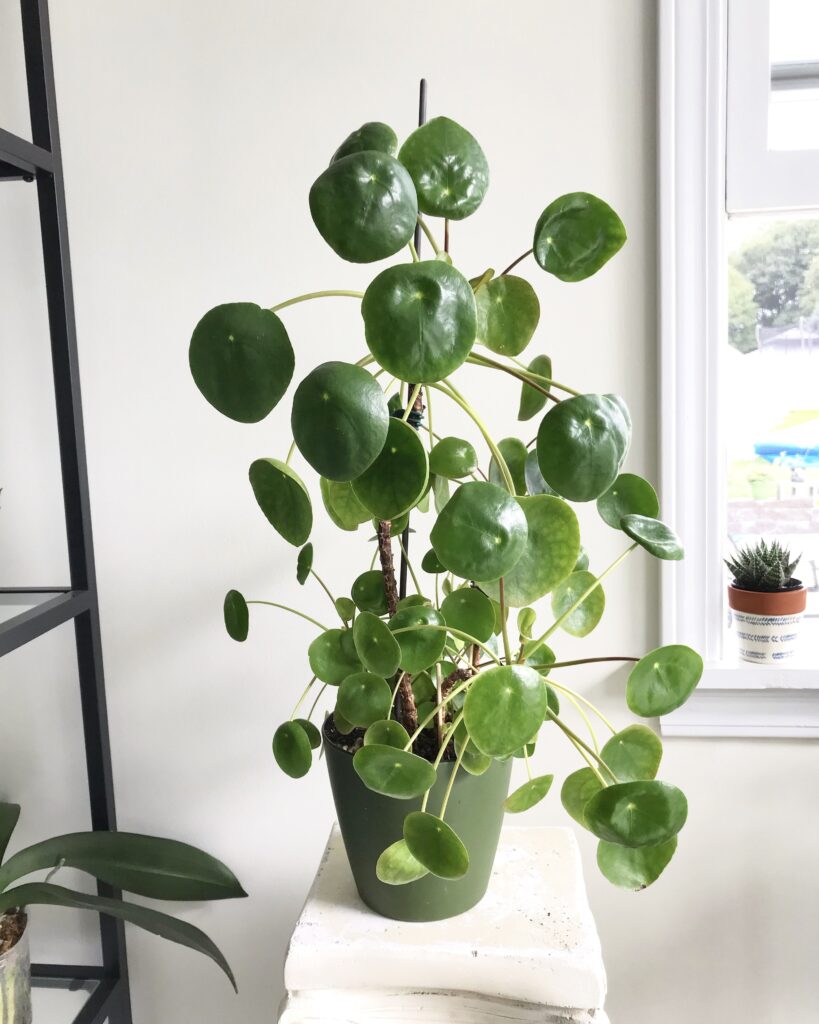
One of my favorites, Pilea peperomioides is one of the best beginner pet safe plants. They are troopers and grow quickly, produce pups you can give away, and look really fun. I have an in-depth article on their care, but these ladies like bright and medium light locations and to be watered somewhat often. By often I mean do not let them dry out completely (here’s where that moisture meter comes in). They reward you with comically shaped pancake leaves and babies to give to friends.
Are you a beginner starting out your plant collection? A seasoned professional? Have a suggestion for another great beginner pet safe plant that I missed? Let me know below. And for more content weed through the many fun articles on this blog.

